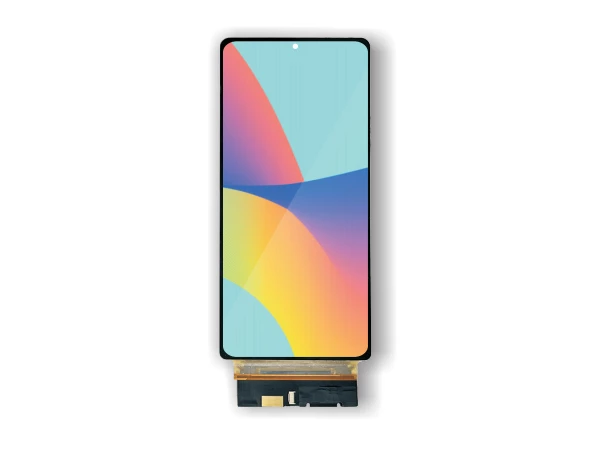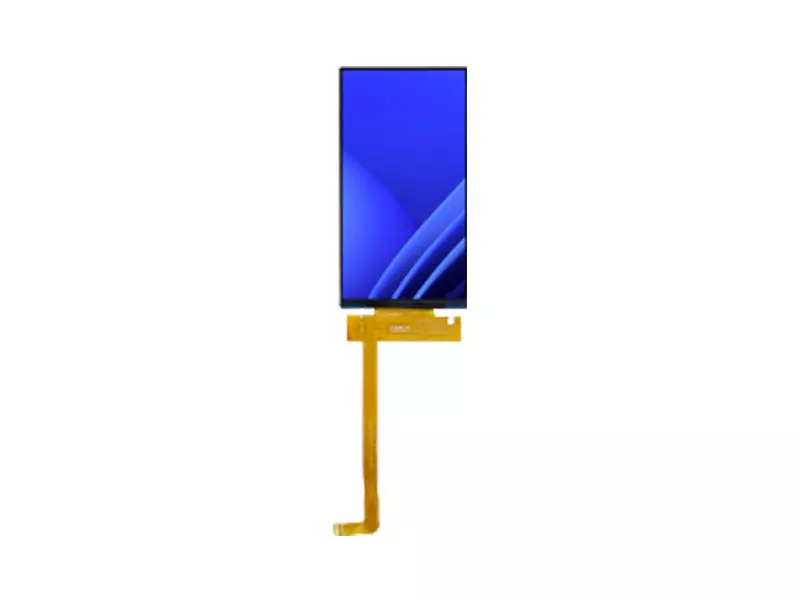Customizing TFT Screens for PDAs: Enhancing User Experience and Functionality
May 30,2025
In the rapidly evolving field of electronics, TFT screens have become essential components, especially in devices like PDAs. Customizing these screens can significantly enhance the end-user experience, providing tailored solutions that meet specific needs. When discussing “customize TFT screen for PDA,” it's essential to understand what makes these screens uniquely beneficial.
TFT technology utili
In the rapidly evolving field of electronics, TFT screens have become essential components, especially in devices like PDAs. Customizing these screens can significantly enhance the end-user experience, providing tailored solutions that meet specific needs. When discussing “customize TFT screen for PDA,” it's essential to understand what makes these screens uniquely beneficial.
TFT technology utilizes thin-film transistor technology to improve image quality, offering better color reproduction and faster response times compared to traditional LCD screens. Customizing a TFT screen for a PDA can involve various aspects, such as size, resolution, brightness, and touch sensitivity. Each of these factors plays a crucial role in how users interact with their devices.
One of the primary advantages of customizing TFT screens is the ability to tailor the display size for optimal usability. For PDAs, which are often used for both personal and professional purposes, having the right screen size can enhance comfort during prolonged use. A screen that is too small may lead to eye strain, while one that is too large can make the device cumbersome to carry.
Resolution is another critical aspect of customization. A higher resolution screen provides sharper images and clearer text, which is essential for tasks that require detailed information or graphics. Custom options allow manufacturers to choose the pixel density that best suits the intended use of the PDA, whether it’s for reading documents, viewing images, or navigating software applications.
Brightness and contrast are also vital features that can be customized. A bright screen is particularly important for outdoor use, where visibility can be compromised by sunlight. Ensuring that the TFT screen has adjustable brightness settings can enhance usability, allowing users to adapt the display to various lighting conditions.
Touch sensitivity is another area where customization can make a difference. As PDAs often rely on touch input, fine-tuning this feature can improve user interaction. A highly responsive touch screen can make navigation smoother and more intuitive, ultimately leading to a better overall user experience.
Moreover, integrating specific features such as anti-glare coatings or ruggedized surfaces can further enhance the usability of customized TFT screens for PDAs. These enhancements not only improve functionality but also increase the device's longevity, making them more suitable for various environments and applications.
In conclusion, the customization of TFT screens for PDAs presents a multitude of opportunities to enhance user experience and device performance. By focusing on aspects such as size, resolution, brightness, and touch sensitivity, manufacturers can create tailored solutions that meet the evolving needs of users in this ever-changing technological landscape. Therefore, when considering “customize TFT screen for PDA,” it's vital to think beyond standard options and explore bespoke solutions that can truly elevate the device’s capabilities.
TFT technology utilizes thin-film transistor technology to improve image quality, offering better color reproduction and faster response times compared to traditional LCD screens. Customizing a TFT screen for a PDA can involve various aspects, such as size, resolution, brightness, and touch sensitivity. Each of these factors plays a crucial role in how users interact with their devices.
One of the primary advantages of customizing TFT screens is the ability to tailor the display size for optimal usability. For PDAs, which are often used for both personal and professional purposes, having the right screen size can enhance comfort during prolonged use. A screen that is too small may lead to eye strain, while one that is too large can make the device cumbersome to carry.
Resolution is another critical aspect of customization. A higher resolution screen provides sharper images and clearer text, which is essential for tasks that require detailed information or graphics. Custom options allow manufacturers to choose the pixel density that best suits the intended use of the PDA, whether it’s for reading documents, viewing images, or navigating software applications.
Brightness and contrast are also vital features that can be customized. A bright screen is particularly important for outdoor use, where visibility can be compromised by sunlight. Ensuring that the TFT screen has adjustable brightness settings can enhance usability, allowing users to adapt the display to various lighting conditions.
Touch sensitivity is another area where customization can make a difference. As PDAs often rely on touch input, fine-tuning this feature can improve user interaction. A highly responsive touch screen can make navigation smoother and more intuitive, ultimately leading to a better overall user experience.
Moreover, integrating specific features such as anti-glare coatings or ruggedized surfaces can further enhance the usability of customized TFT screens for PDAs. These enhancements not only improve functionality but also increase the device's longevity, making them more suitable for various environments and applications.
In conclusion, the customization of TFT screens for PDAs presents a multitude of opportunities to enhance user experience and device performance. By focusing on aspects such as size, resolution, brightness, and touch sensitivity, manufacturers can create tailored solutions that meet the evolving needs of users in this ever-changing technological landscape. Therefore, when considering “customize TFT screen for PDA,” it's vital to think beyond standard options and explore bespoke solutions that can truly elevate the device’s capabilities.
Key words:
Recommended
Understanding the Technology Behind CTP Touch Screens for LEDs: A Comprehensive Guide
Understanding the Technology Behind CTP Touch Screens for LEDs
With the rapid advancement of technology, CTP (Capacitive Touch Panel) touch screens have revolutionized the way we interact with devices, particularly in the realm of LED displays. These touch screens offer not just a user-friendly interface but also open up a world of possibilities in various applications. In this comprehensive guide





